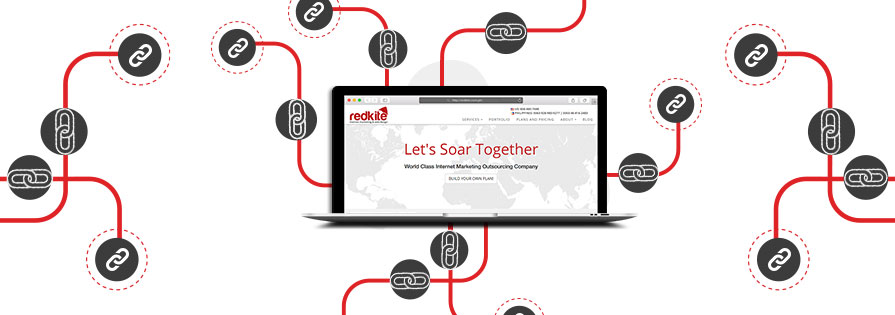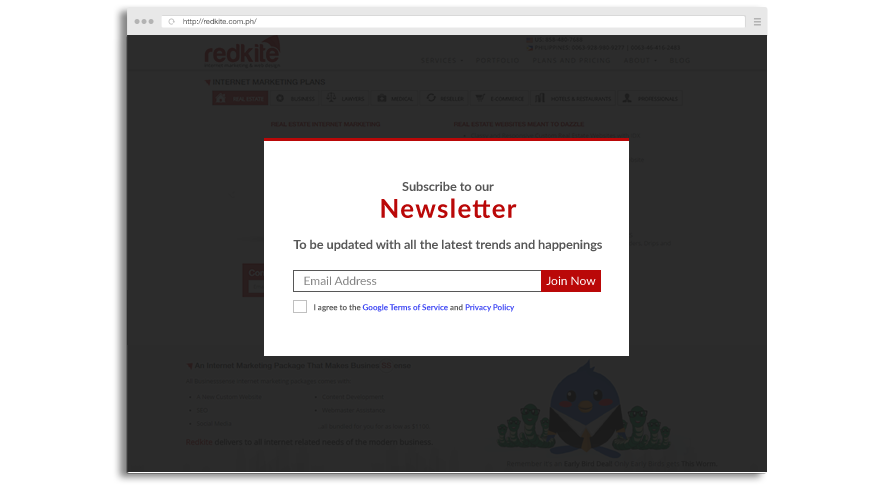SEO has evolved over time. Today it has become more difficult for a website to gain a spot on the SERPs (Search Engine Result Page). Especially if a page and your digital marketing strategy in the Philippines does not abide by Google’s quality guidelines.
Because of their constantly changing algorithm, it has prompted webmasters from all around the world to step up their game in search engine optimization. Playing by Google’s rules is the only way a website can attain the best possible search ranking.
Those updates were not done to wreak havoc on the minds of SEO professionals (but it was definitely a nightmare especially to those involved in black hat SEO), Google just wanted to deliver better results to the search needs of its users and the best way to do that was to filter out everything that wasn’t satisfying the searchers` intent.
If you try to look into what some websites did in order for them to climb up the search page, it will either be because the business or the brand itself already has an established reputation or the website provided the highest quality of content it could offer. But at the end of the day a website will only be able to succeed in link building if the content it provides to web users is informative, relevant and helpful.
Make the right and relevant content first and it will be much easier to acquire quality links. You just have to remember that the value you give is also the value you receive.
Quality content = More Links
In our recently published blog, I discussed the effects site content has on search rankings. If you’ve read about it, you’ll understand what I mean when I say quality content has a direct influence on link building.
Like content generation, link building is another SEO strategy that can help a website climb to the top of the SERPs. Having quality content isn’t enough to pull your rankings up. If you don’t practice proper link building on your website, there’s a big chance that web users will have a hard time finding your page. If this happens, nothing good will come out from the content you provide no matter how informative or interesting it may be.
Think of it as having a cause and effect type of relationship — if a website provides content that is informative, helpful or it has piqued the interest of web users, then that positive impression will be able to influence your readers to action your call.
This may be through the sharing of your content on different social media platforms, a link back to your website from online bloggers, or as simple as a word of mouth type of advertising from the people who has visited your page and liked what they saw. These three, especially the first and second one I mentioned, are referred to as natural outbound links (I will discuss more of this as we progress.) and that is what every SEO professional aims to get from other websites and its page visitors.
How does link building work?

Understanding how link building works is quite simple. What comes as a challenge is when you actually apply it on a webpage.
I wouldn’t say that it’s the most important SEO skill compared to the rest, especially when content generation, web (UX/UI) development and site optimization is also a knowledge essential for SEOs to possess. If they fail to deliver on any of them, it will affect the overall effectiveness of a website. However, among the things I’ve mentioned, link building is probably the hardest skill to master in SEO as it deals with setting up relationships between sites and people.
Getting a link from other websites adds credibility to your page, especially if the outbound link came from a site that is relevant to the nature and scope of your webpage. Links allow web crawlers to see that a website is a trustworthy source of information.
When a lot of pages link to your content, whether it be a link back to your homepage or a link to one of your blogs, it will contribute greatly to your website’s ranking in the Google SERPs (or in any search engine for that matter). However, quantity should never be your top priority.
Even when you get a lot of websites to link back to your page, it doesn’t necessarily mean that your website will automatically rank higher.
Here are some important points that can help you in link building:
- Google’s Penguin update always looks into the relevancy and authoritativeness of a website that links back to your page.
- The best kind of links to acquire are from websites that have high authority. It doesn’t matter if a webpage receives only a few outbound links as long as each one of those links are from relevant websites.
- If a spammy page links back to your website, not only does it contribute nothing to your search rank, it may also be a way for search engines to classify your page as spam.
- If a webpage links to your website as well as to all kinds of other sites, the value of those links will be divided, which makes that backlink less valuable.
For the past few years, Google gave webmasters a lot of ethical techniques to use in optimizing websites for search engines. Sadly, many have abused those opportunities. This is why algorithms like the Penguin update as well as PageRank was rolled out. It aimed to see the value of every single link on the internet. Because of these set of rules, even if you have less links than your competitors, you may still rank #1.
How to acquire natural links
I’m sure you’ve already encountered a lot of blogs discussing about natural and unnatural links. But let me give a short summary about it in this blog.
Natural links are what all SEO practitioners aim to get. It’s another website’s vote of confidence towards your page. The more natural links you receive, especially from highly authoritative and relevant sites, the better.
Unnatural links on the other hand are the ones you should stir away from. These kind of links are usually acquired using black hat techniques. It might pull a site’s rank up for awhile. However, it wouldn’t take long for it to be pushed back down again on the search page.
Now that you know the drill, provide good content to get quality backlinks. I’ll share with you four useful tips you can practice to acquire quality links.
Tip #1 – Participate in the web community

Establishing a new website is tedious work. Coding, fixing the layout, and providing content is just the initial stage. – Marketing it is a whole other story.
You need to give people a good reason to engage on the content you share. Do your best to build the trust and gain connections. Try your best to participate in the web community.
Browse through different forums and websites related to your industry and see what you can contribute. Of course, the insights you share must be relevant and helpful. Do this as frequent as you can so that people will notice you. Partake fresh and unique ideas to gain the interest of your audience.
Tip #2 – Do original research

Content found on the internet may be quite repetitive. Chances are, there are already a lot of businesses similar to yours.
If you truly want to pique the interest of web users, then do original research. It can be about new tools that is used for keyword research or link building. Or anything that you know a few people know about. Reiterate the pros and cons, state facts and provide useful information that they can use.
Providing these kind of content is a surefire way to encourage social media sharing and backlinks to your website.
Tip #3 – Include newsletters on your website

Initially, people will not subscribe to a website if they didn’t find the content in it interesting or helpful. This is why providing newsletters is a good strategy to keep your subscribers interested.
A lot of your subscribers won’t be able to browse through your page often. Providing newsletters is a great way to remind them about your site and show them the content you recently published.
Just be cautious not to spam the inboxes of your subscribers. Send updates about what’s new on your page but don’t bombard them with too much emails.
Tip #4 – Have a good site architecture

A site that is difficult to navigate and has a confusing layout can drive web users away. Even if a page provides good content, it can go unnoticed if the site structure is too complicated to navigate. This can hurt a website’s chance of gaining quality back links.
If you’re trying to develop a new website, be on the safe side and settle on a simple layout. Afterwards, slowly work your way up in improving your page further.